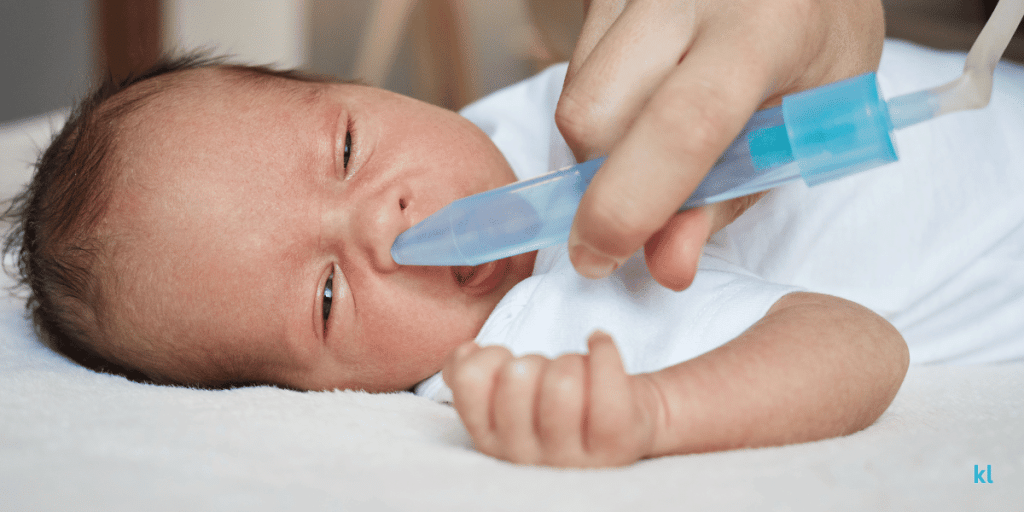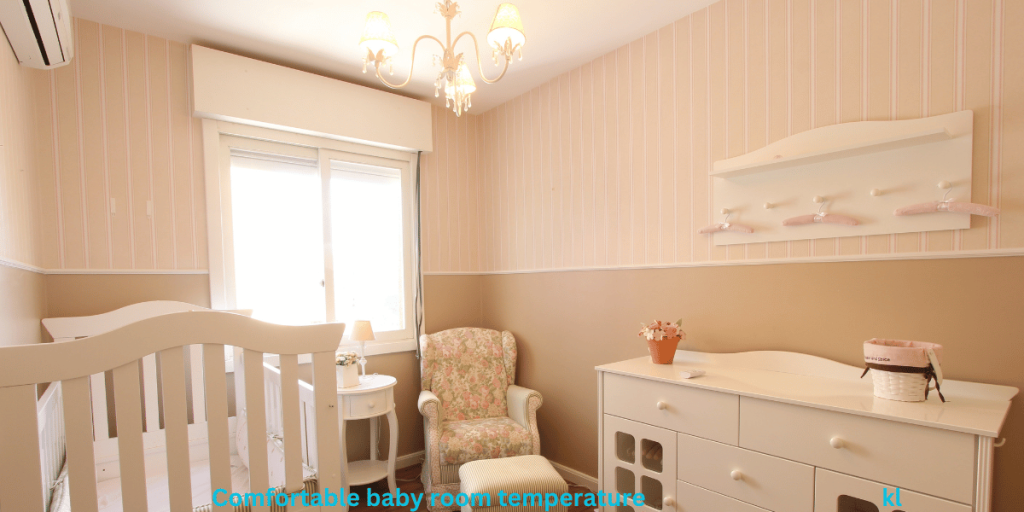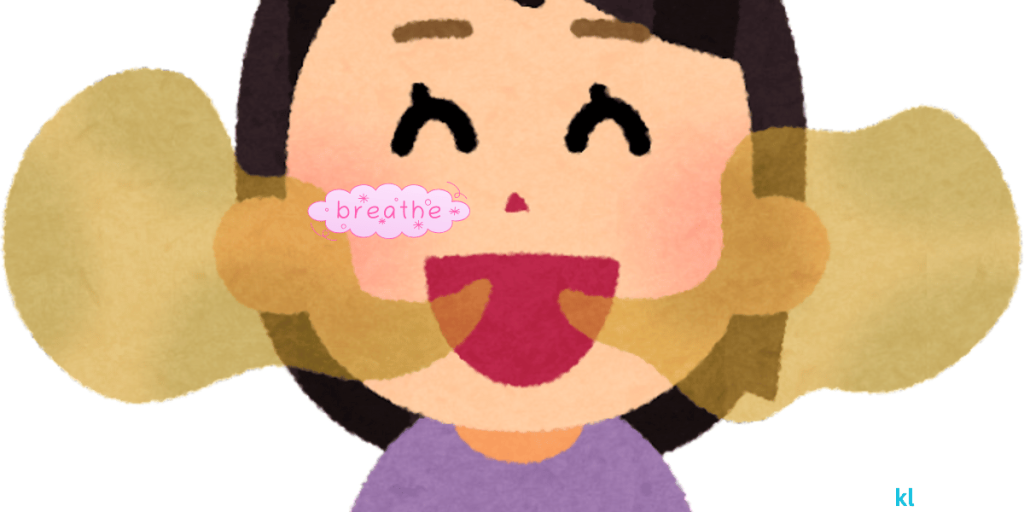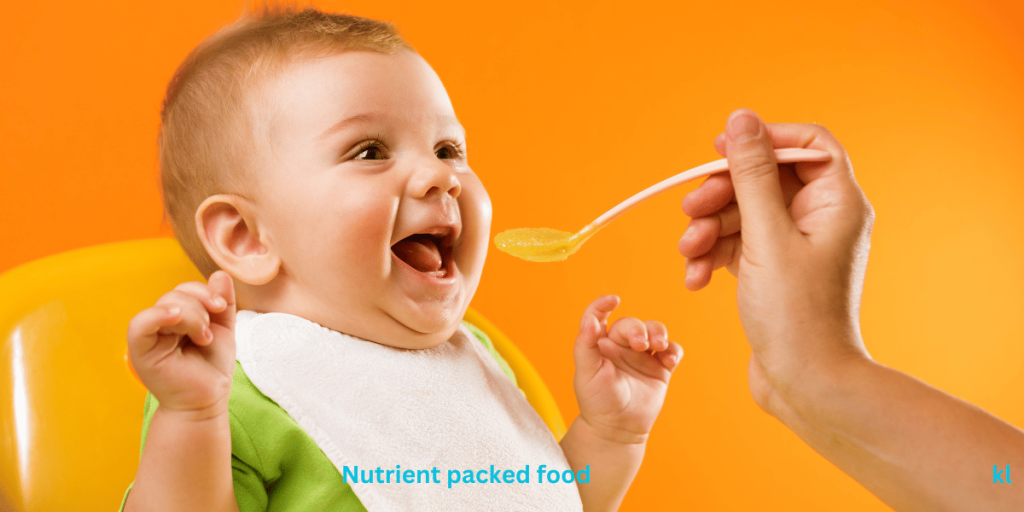Did you know that up to 80% of babies experience congestion during their first year? As a parent, those nighttime stuffiness sounds can be absolutely heart-wrenching!
Every sniffle and struggle to breathe makes you want to scoop up your little one and make everything better. While congestion is common, understanding how to manage it effectively can make a world of difference for both baby and parent.
This guide, Baby Congestion at Night: Effective Remedies & When to See a Doctor, will cover simple home remedies, best sleeping positions, and signs that require a doctor’s visit.
Understanding Baby Nighttime Congestion
Nighttime congestion is a common issue that can make parents anxious, especially when it affects sleep. But don’t panic just yet—most of the time, it’s completely normal and manageable. However, congestion can sometimes make existing sleep struggles, like sleep regression, even worse.
Common Causes of Nighttime Congestion
Babies have tiny nasal passages, which means even a little bit of mucus can make them sound congested. Here are some of the most common reasons behind infant nighttime congestion:
- Dry Air: If your baby’s room has low humidity, their nasal passages can dry out, leading to congestion.
- Common Cold or Viruses: Babies catch colds easily, and even mild ones can cause newborn breathing issues at night.
- Allergies or Irritants: Dust, pet dander, or even strong scents from detergents can trigger baby congestion signs. According to MedicalNewsToday, Infants can also get congested when they breathe in cigarette smoke, pollutants, viruses, and other irritants.
- Lying Flat for Long Periods: Since babies sleep on their backs, mucus can pool in their nasal passages, making it harder for them to breathe.
- Teething: Increased saliva production can lead to postnasal drip, causing nighttime breathing problems.

How Congestion Impacts Infant Sleep
A congested baby = a restless night for everyone. When babies struggle to breathe through their noses, they may:
- Waking up frequently due to discomfort.
- Struggles to latch during nighttime feedings. And this can make dream-feeding especially difficult.
- Become fussier than usual, leading to disrupted sleep patterns.
Understanding how congestion affects sleep can help you find ways to ease nighttime breathing challenges before they escalate.
Age-Specific Congestion Patterns
- Newborns (0-3 months): They are more prone to newborn respiratory care concerns because their nasal passages are so tiny. Even mild congestion can sound dramatic.
- Infants (3-12 months): They start developing stronger immune systems but still experience baby breathing difficulties with colds and teething.
- Toddlers (1+ year): More likely to experience allergy-related infant respiratory symptoms due to increased exposure to environmental triggers.
A baby’s respiratory health is still developing, so congestion can seem like a big deal. Newborns are primarily nose breathers, so anything that clogs their tiny nasal passages can make breathing harder. As they grow, their airways expand, and congestion becomes less of an issue.
Safe and Effective Home Remedies for Baby Nighttime Congestion
Fortunately, there are gentle and effective home remedies to help clear their little airways. Let’s explore some safe ways to provide newborns with nasal relief and improve their sleep.
Natural Ways to Clear Baby’s Nasal Passages
Before jumping to medications, simple, natural solutions can often provide the best baby nasal relief. Some tried-and-true methods include:

- Steam Therapy: Sitting in a steamy bathroom (not too hot!) for a few minutes can help loosen mucus and reduce nasal blockage in infants.
- Elevated Sleeping Position: Slightly elevating the crib mattress or bassinet, sometimes with the pediatrician’s approval, can help prevent mucus from pooling in the nasal passages.
- Frequent Feeding: Breastmilk has natural antibodies that can help thin mucus and fight off infections.
Humidifier Techniques and Placement
A cool-mist humidifier is a game-changer when dealing with baby nasal congestion. But using it correctly is key:
- Placement Matters: Keep the humidifier a few feet away from the crib, ensuring the mist disperses evenly without making the bedding damp.
- Clean Regularly: Dirty humidifiers can breed mold and bacteria, making infants’ nasal health worse. Wash it every couple of days.
- Use Only Water: Skip the essential oils—they may irritate your baby’s delicate airways.
Proper humidifier use can provide lasting newborn nasal relief by keeping the air moist and preventing dryness in the nasal passages.
Saline Drop Applications
Saline drops are one of the safest and most effective ways to relieve a baby’s nasal blockage. Here’s how to use them properly:
- Lay Baby on Their Back: Tilt their head slightly back to help the drops go into the nostrils.
- Apply 1-2 Drops Per Nostril. Avoid overuse, as too much liquid can irritate sensitive nasal passages.
- Use a Bulb Syringe (If Needed): If the mucus is thick, gently suction it out a few seconds after applying the drops.

This simple method is a staple of newborn nasal care and can provide instant relief.
Gentle Massage and Positioning Methods
Light massage techniques can help drain mucus and improve baby nasal treatment naturally:
- Nasal Bridge Massage: Gently stroke from the bridge of the nose outward to help open blocked nasal passages.
- Chest and Back Massage: Lightly rubbing the chest and back in circular motions can promote drainage and ease congestion.
- Side-Lying Positioning: If the baby is struggling to breathe, holding them upright or letting them rest on their side (under supervision) may help.
Creating an Optimal Sleep Environment for Congested Babies
The right sleep setup makes a big difference in newborn nasal health. Following advice from the ultimate baby care guide, here’s what helps:
- Keep the Air Moist: Use a humidifier or place a bowl of water near a heat source to prevent dry air.
- Declutter the Crib: Remove stuffed animals, heavy blankets, or anything that could trap dust and worsen the infant’s nasal health.
- Maintain a Comfortable Temperature: Overheating can increase mucus production—keep the room around 68-72°F (20-22°C).
Dealing with baby nasal congestion can be stressful, but these gentle remedies can help your little one breathe easier. Remember, small changes can make a huge difference.

Recognizing Serious Congestion Warning Signs(Seeing a doctor)
Sometimes, congestion is a symptom of something more serious, like a respiratory infection or infant respiratory distress.
Knowing when to wait it out and when to seek medical help is crucial for your baby’s respiratory protection.
Distinguishing Between Mild and Severe Congestion
Mild congestion is common in babies, especially due to their tiny nasal passages. It often clears up with infant breathing support like steam, proper hydration, and nasal suctioning.
But if congestion lasts more than 10 days, gets worse, or is accompanied by other symptoms, it may be a sign of a more serious issue.
Signs of mild congestion:
- Stuffy nose but still breathing normally.
- Snorting or mild snoring when sleeping.
- Occasional fussiness but can eat and sleep.
Signs of severe congestion that require attention:
- The baby is struggling to breathe or making wheezing sounds.
- Significant feeding difficulties due to congestion.
- Constant coughing or chest retractions (skin pulling in with each breath).

Red Flags Requiring Immediate Medical Attention
Some symptoms shouldn’t be ignored. If your baby shows any of these signs, seek medical help right away:
Serious warning signs:
- Flaring nostrils – A sign of difficulty breathing
- Bluish lips or fingertips – A sign of low oxygen levels
- Fast breathing (more than 60 breaths per minute) – Could indicate infant respiratory distress
- Grunting noises while breathing – A possible sign of lung infection
- Pauses in breathing (longer than 10 seconds) – Could indicate sleep apnea or another issue
These signs suggest that your baby may need respiratory support, and delaying care could worsen their condition.
Breathing Pattern Changes to Watch
Babies naturally breathe faster than adults, but knowing what’s normal and what’s not is key to infant respiratory management.
Normal Infant Breathing Patterns:
- 30-60 breaths per minute (newborns).
- 20-40 breaths per minute (3-6 months).
- Occasional pauses under 10 seconds (normal for young infants).

Concerning Breathing Changes:
- Breathing faster than 60 breaths per minute.
- Deep retractions where you can see ribs with each breath.
- Gasping for air or struggling to breathe through the nose.
When and How to Measure Respiratory Distress
If your baby seems to be working harder to breathe, you may need to measure their respiratory rate:
- Lay your baby down on a flat surface while they are calm.
- Watch their chest rise and fall for one full minute.
- Count how many breaths they take. If it’s over 60 breaths per minute, call a doctor.
Additionally, check their color (skin, lips, nails), listen for wheezing or grunting, and observe their overall energy levels. If your baby seems extremely tired or unresponsive, get medical help immediately.
Preventing Nighttime Congestion
By strengthening your baby’s immune system, maintaining a clean environment, and using nighttime respiratory care techniques, you can minimize congestion and keep those little airways clear.
Boosting the Infant Immune System
A strong immune system is the first line of defense against colds, flu, and other infections that lead to infant congestion. While newborns are born with some immunity from their mothers, their bodies are still learning to fight off germs.
Ways to support newborn congestion prevention:
- Breastfeed (if possible) – Breast milk is packed with antibodies that help prevent respiratory infections.
- Regular handwashing – Babies touch everything and put their hands in their mouths. Keeping hands clean reduces the spread of germs.
- Adequate sleep – A well-rested baby has a stronger immune response. Stick to a consistent nighttime congestion solution by ensuring a solid sleep routine.

Hygiene Practices to Reduce Infection Risk
Since most baby congestion solutions start with preventing illness, good hygiene is crucial. Babies explore the world through touch, which means germs are always around.
Simple hygiene habits can make a big difference in reducing infant congestion.
Key Hygiene Practices:
- Wash hands frequently – Before feeding, after diaper changes, and after handling anything outside the home.
- Keep toys and pacifiers clean – Germs can easily transfer from objects to your baby’s mouth.
- Limit exposure to sick people – If someone in the house is sick, keep a safe distance and sanitize shared surfaces.
Nutritional Support for Respiratory Health
What your baby eats plays a big role in newborn breathing techniques and respiratory health. Proper nutrition can strengthen the lungs and help clear nighttime congestion.
Nutrient-Packed Foods for Respiratory Support:
- Vitamin C-rich foods (oranges, sweet potatoes) help the immune system fight infections.
- Omega-3 fatty acids (found in breast milk and formula) support lung function.
- Warm liquids (for older babies on solids) can soothe the throat and reduce mucus buildup.

Managing Environmental Triggers
Babies’ airways are tiny, so even small irritants can cause infant congestion management problems. Common triggers include dust, pet dander, smoke, and dry air.
Ways to Improve Air Quality:
- Use a humidifier – Dry air can make congestion worse. Keep humidity levels between 40-50%.
- Vacuum and dust regularly – This reduces allergens that can irritate your baby’s respiratory system.
- Keep pets out of the nursery – Pet dander can cause congestion, especially in sensitive babies.
- Avoid strong scents – Perfumes, air fresheners, and cleaning sprays can be too harsh for a baby’s delicate lungs.
Seasonal Congestion Prevention Strategies
Cold and flu season is tough on babies, especially when it leads to nighttime congestion. As the weather changes, take extra precautions to keep your little one healthy.
Winter Tips:
- Bundle up, but avoid overheating, which can dry out nasal passages.
- Use saline drops to keep nasal passages moist.
- Avoid crowded indoor places where germs spread easily.
Spring & Summer Tips:
- Wash bedding frequently to remove pollen and dust.
- Keep windows closed during high pollen days.
- Use an air purifier to filter out allergens.

Preventing infant congestion is all about staying proactive. Boosting your baby’s immune system, practicing good hygiene, and managing environmental triggers are the best ways to reduce nighttime respiratory care issues.
While occasional congestion is normal, keeping these strategies in place will help your baby (and you!) sleep better at night. And trust me, nothing feels better than a quiet, congestion-free baby snoozing peacefully!
Remember, you’re not alone in navigating baby congestion! Trust your parental instincts, stay calm, and don’t hesitate to consult your pediatrician if something feels off.
Every congested night is temporary, and with the right approach, you’ll help your little one breathe easier and sleep more peacefully.







